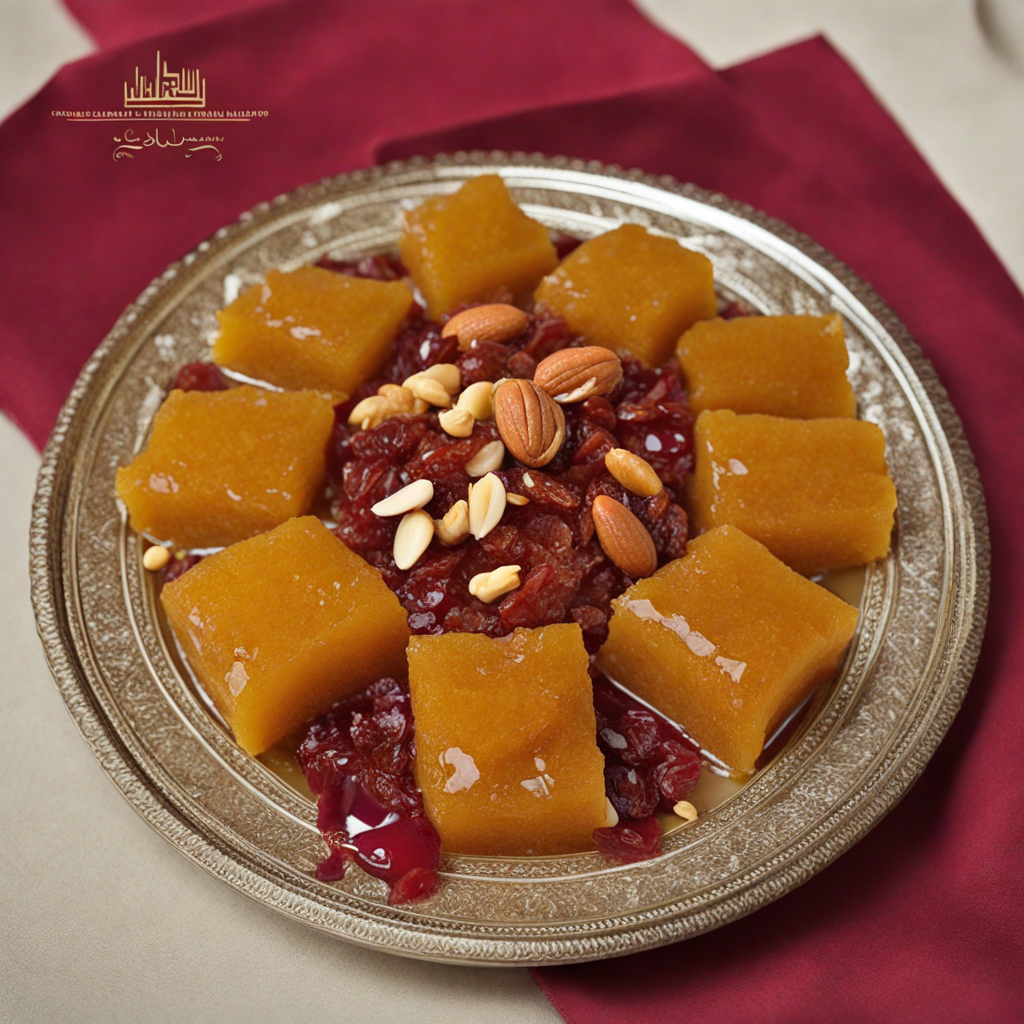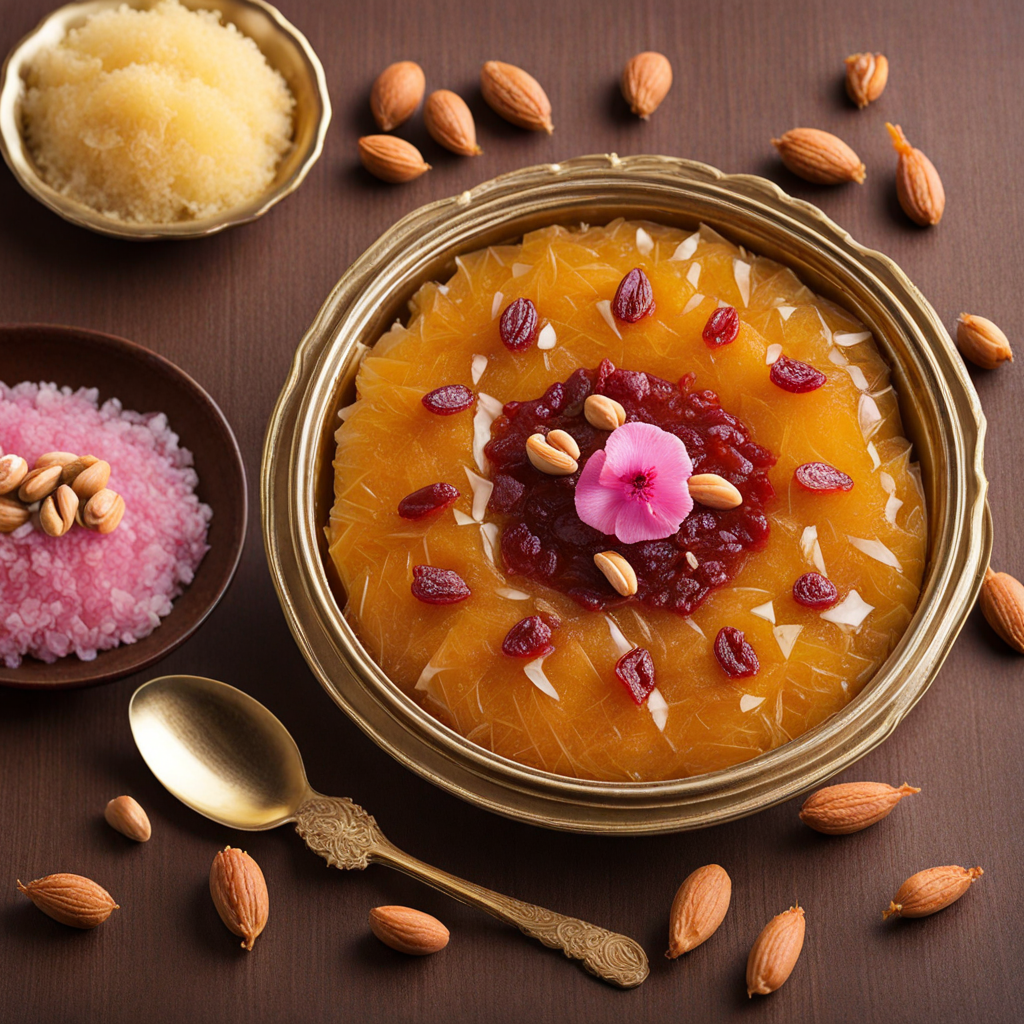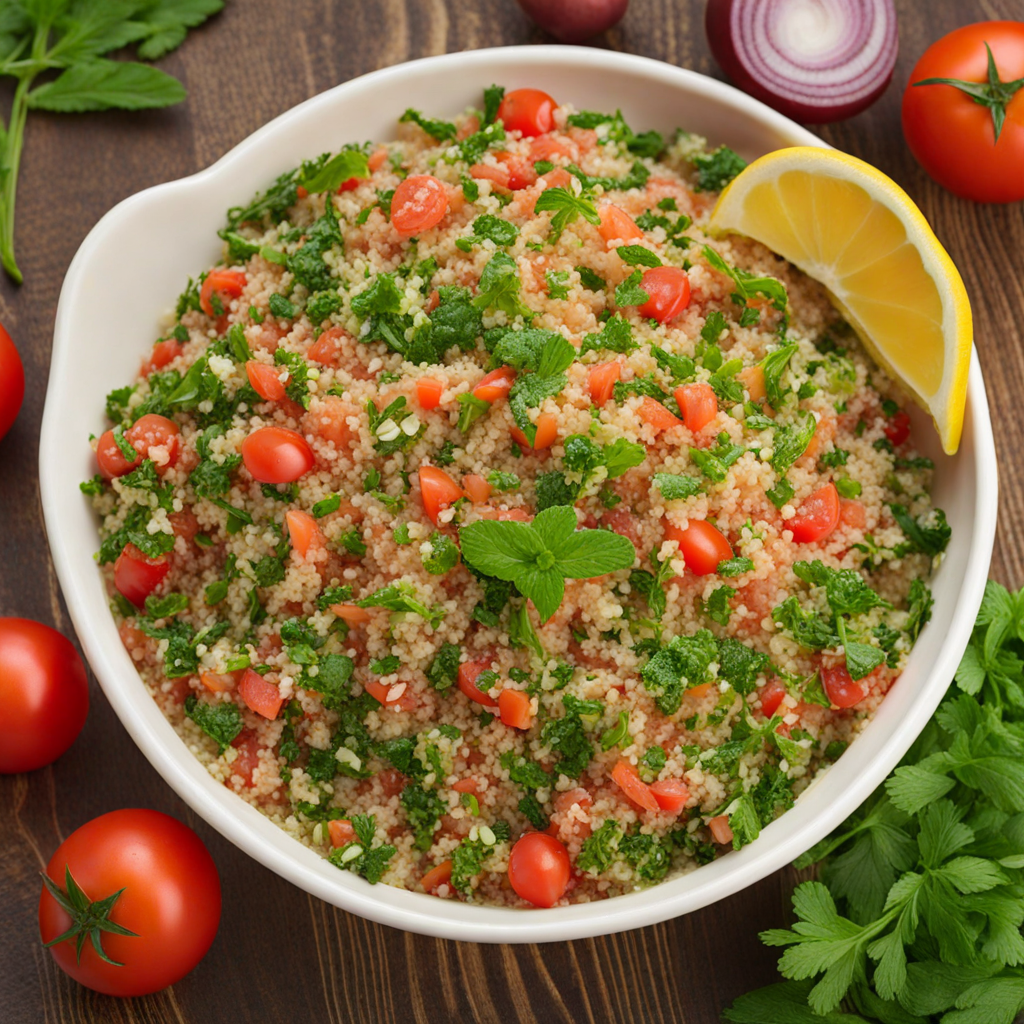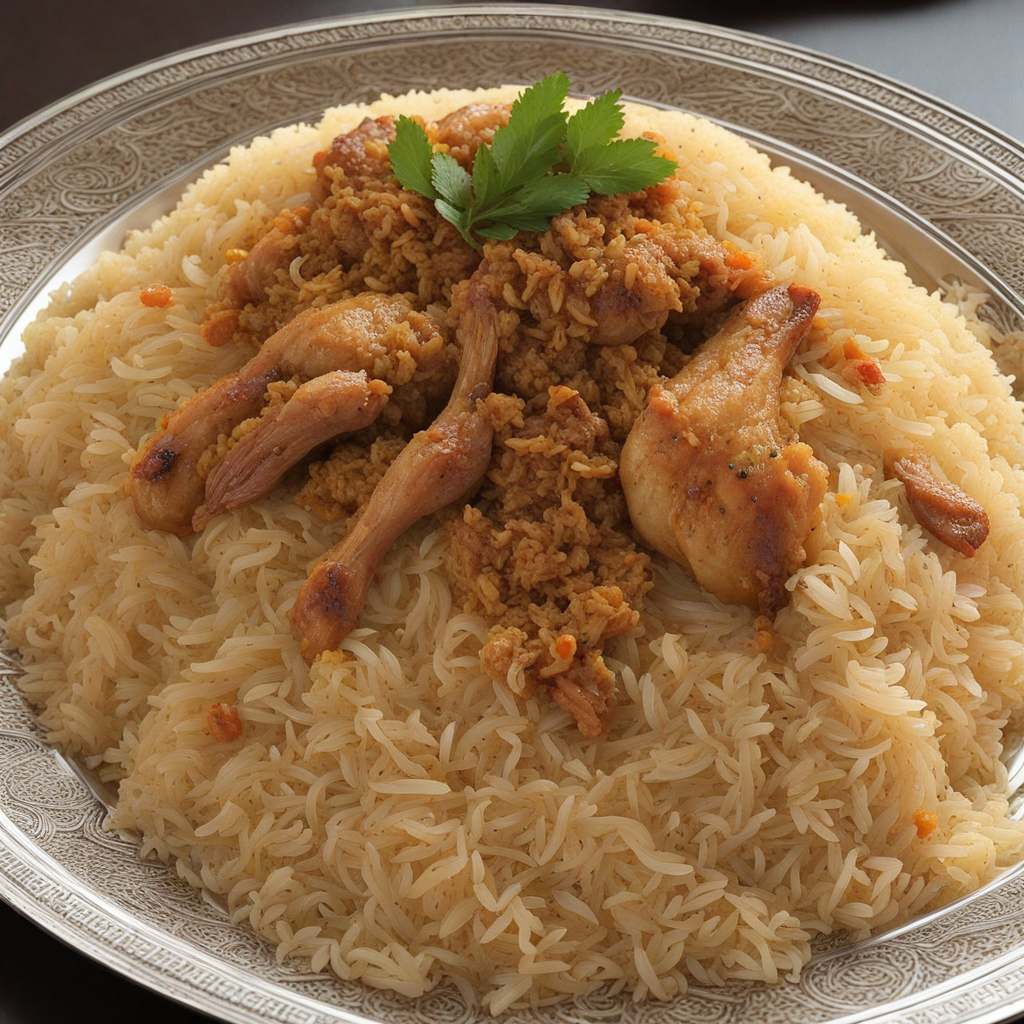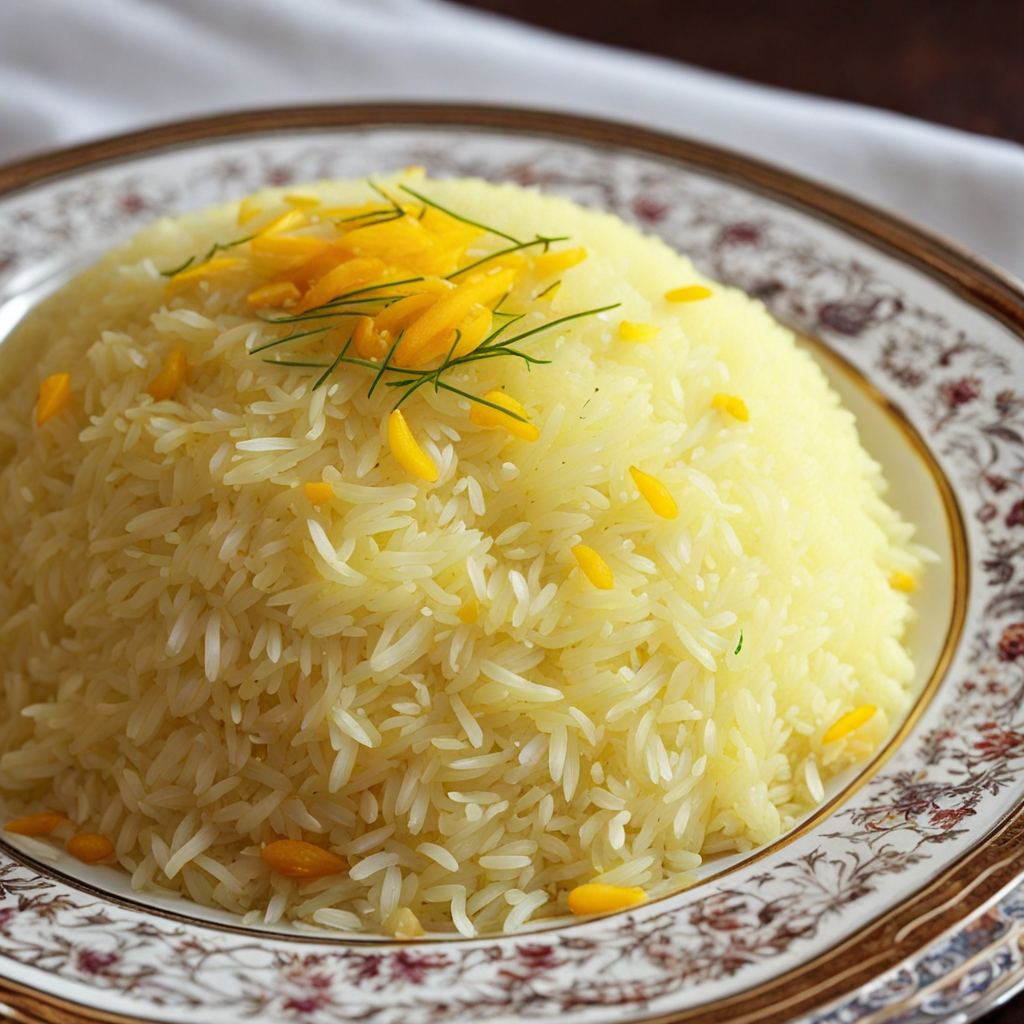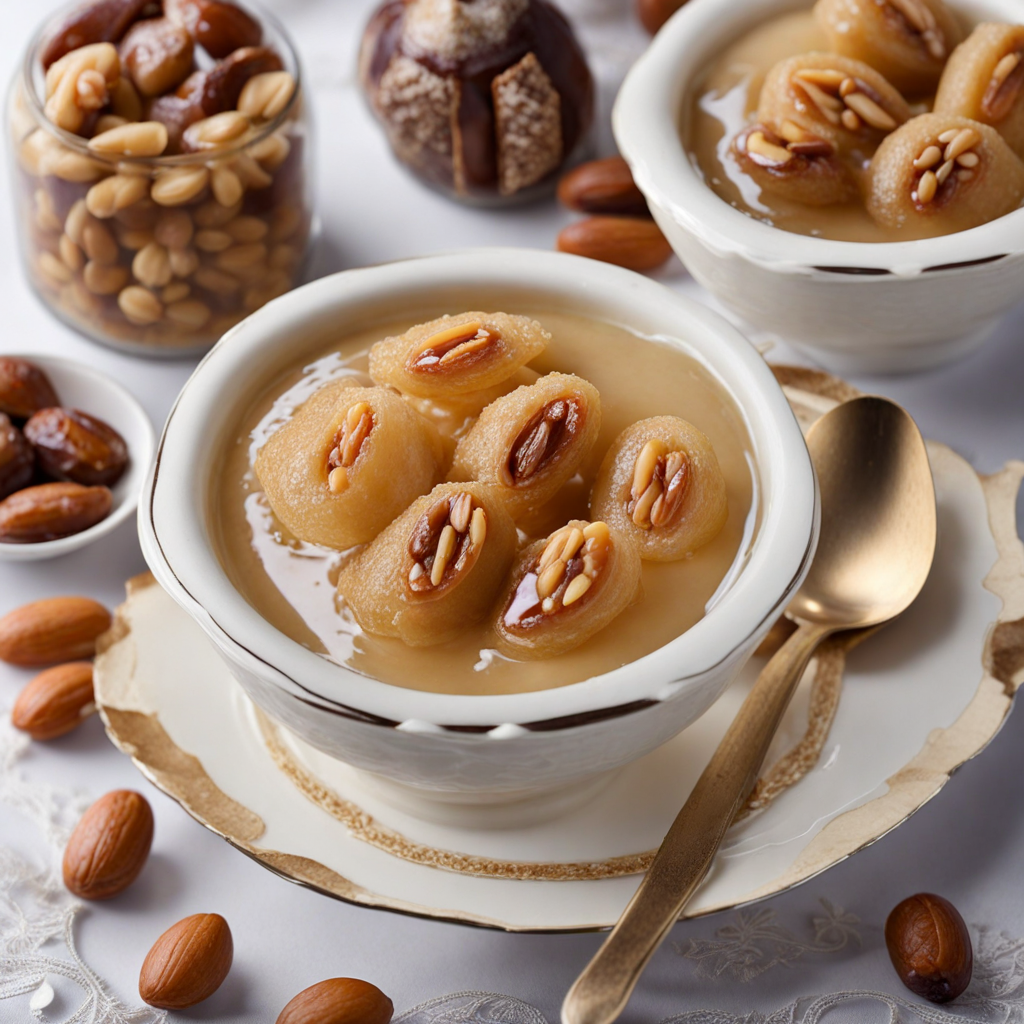Bahraini Halwa
Bahraini Halwa is a vibrant and aromatic dessert that encapsulates the rich culinary heritage of Bahrain. This traditional sweet treat is characterized by its unique texture, which is both chewy and jelly-like, achieved through a combination of starches and sugar. The primary ingredient, often a mix of semolina or cornstarch, is cooked slowly with water and sugar until it reaches a thick, pudding-like consistency. The addition of ghee, a clarified butter, gives it a luxurious, rich flavor that complements the sweetness beautifully. What sets Bahraini Halwa apart is its stunning array of spices and flavors. Cardamom, saffron, and rosewater are commonly infused into the mixture, imparting an aromatic quality that tantalizes the senses. The dessert is often embellished with a variety of nuts, such as pistachios and almonds, adding a delightful crunch that contrasts with the smoothness of the halwa. The vibrant colors, often achieved using natural food colorings, make it visually appealing and a feast for the eyes as well as the palate. Bahraini Halwa is not just a dessert; it is a symbol of hospitality and celebration in Bahraini culture. It is commonly served during special occasions, family gatherings, and religious festivities, often accompanied by Arabic coffee or tea. Each bite of this delectable treat transports you to the heart of Bahrain, offering a taste that harmonizes sweetness with a hint of exotic spice, making it a must-try for anyone seeking to explore new culinary landscapes.
How It Became This Dish
The Sweet Journey of حلوى بحرينية: A Taste of Bahrain's Heritage #### Origin and Historical Context حلوى بحرينية, or Bahraini Halwa, is a traditional sweet that embodies the rich cultural tapestry of Bahrain. Its origins can be traced back to the early Islamic period, when the Arabian Peninsula became a melting pot of diverse culinary influences due to trade, migration, and cultural exchange. The Persian influence is particularly notable, as traders brought with them their culinary traditions, including the love for sweets made with nuts, spices, and sugar. In the context of Bahrain, this sweet treat took on a local flavor, evolving through the centuries into the beloved حلوى بحرينية we know today. The primary ingredients typically include semolina, sugar, ghee (clarified butter), rose water, saffron, and a variety of nuts, such as almonds and pistachios. The use of saffron and rose water not only elevates its flavor but also signifies the luxurious nature of the dessert, often reserved for special occasions. #### Cultural Significance حلوى بحرينية is more than just a dessert; it is a symbol of hospitality and celebration in Bahraini culture. Traditionally, it is served during significant life events such as weddings, births, and religious festivities. The preparation and serving of حلوى بحرينية often involve family and community participation, reinforcing social bonds and cultural identity. In Bahraini households, offering حلوى بحرينية to guests is a gesture of warmth and generosity. It is often accompanied by Arabic coffee, creating a delightful experience that reflects the region's deep-rooted customs of hospitality. The sweet's vibrant colors—typically a bright yellow or orange, often adorned with slivers of pistachio and almonds—make it visually appealing, turning it into a centerpiece during gatherings. #### Ingredients and Preparation The preparation of حلوى بحرينية is an art form that requires skill and patience. The process begins by roasting semolina in ghee until it reaches a golden hue, followed by the gradual addition of sugar and water. The mixture is then flavored with rose water and saffron, giving it its characteristic aroma and taste. Once the mixture thickens to a pudding-like consistency, it is poured into a tray, allowed to cool, and then cut into squares or diamond shapes. The final touch often includes a sprinkle of roasted nuts on top, adding texture and a nutty flavor that complements the sweetness of the halwa. The process of making حلوى بحرينية can take a considerable amount of time, reflecting the dedication of the cook and the importance of the dish in Bahraini society. #### Evolution Over Time As with many traditional foods, حلوى بحرينية has evolved over the years, adapting to contemporary tastes while retaining its essential characteristics. In the past, it was primarily made in homes for special occasions, but the rise of commercial kitchens and bakeries has made it more accessible to the wider populace. In recent decades, there has been a resurgence of interest in traditional Bahraini cuisine, thanks to a growing appreciation for local heritage among the younger generation. Culinary workshops and festivals celebrating Bahraini food culture have emerged, showcasing حلوى بحرينية alongside other traditional dishes. Chefs are now experimenting with flavors and presentation, incorporating modern techniques while respecting the original recipe, leading to innovative variations that appeal to both locals and tourists. Moreover, the global influence of social media has played a significant role in popularizing حلوى بحرينية beyond the shores of Bahrain. Pictures of the vibrant, colorful halwa are often shared on platforms like Instagram, attracting attention from food enthusiasts around the world. This visibility has encouraged many to seek out authentic experiences, leading to a growing interest in Bahraini culture and cuisine. #### Contemporary Significance Today, حلوى بحرينية remains a staple in Bahraini celebrations and is often found in restaurants, cafes, and sweet shops across the Gulf. Its presence is a reminder of the island's historical connections to trade and cultural exchange, serving as a delicious link to the past. The dessert is often enjoyed during Ramadan, Eid celebrations, and other holidays, where it plays a role in communal gatherings. In addition to its traditional role, حلوى بحرينية is increasingly being embraced as a souvenir for tourists. Visitors to Bahrain often leave with boxes of this sweet delicacy, a tangible reminder of their experience and a taste of the island's rich heritage. The demand for high-quality, artisanal حلوى بحرينية has also led to the establishment of specialized shops that focus solely on this sweet, promoting craftsmanship and authenticity. #### Conclusion The journey of حلوى بحرينية from its historical roots to its contemporary significance is a testament to Bahrain's enduring culinary traditions. It encapsulates the island's cultural identity, reflecting a blend of influences and the communal spirit of its people. As Bahrain continues to navigate the complexities of modernity and globalization, حلوى بحرينية stands as a sweet reminder of the past, a cherished symbol of hospitality, and a delicious bridge connecting generations. In the hands of both traditional cooks and modern chefs, حلوى بحرينية will undoubtedly continue to thrive, inviting all who encounter it to savor not just a dessert, but a piece of Bahraini heritage. Whether enjoyed at a family gathering, a wedding, or as a gift for a friend, حلوى بحرينية remains a beloved sweet, inviting everyone to partake in the rich history and culture of this beautiful island nation.
You may like
Discover local flavors from Bahrain


